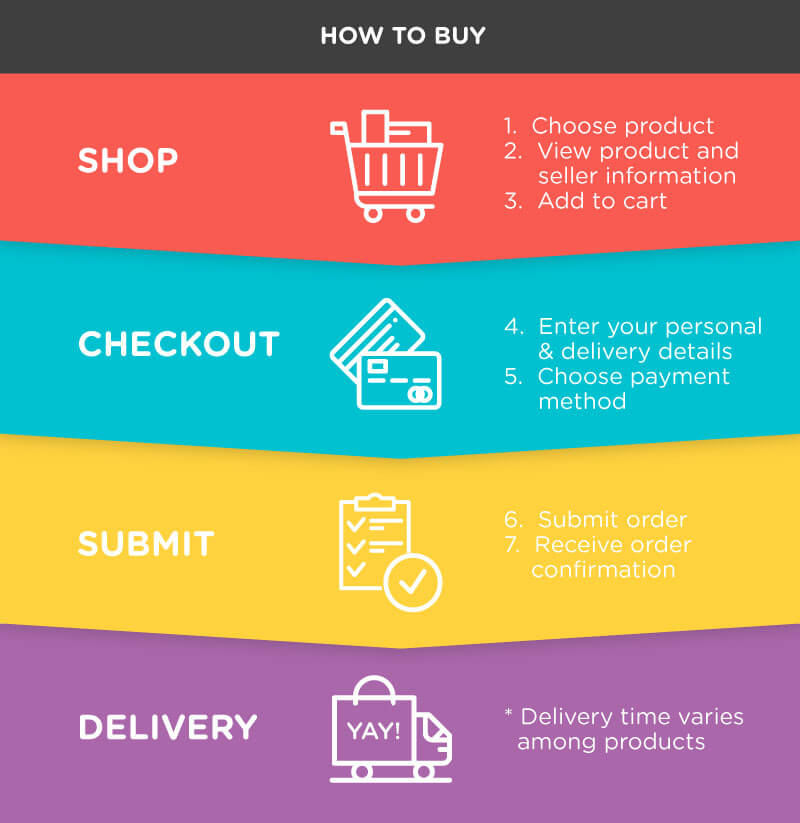TP-LINK TL-WA850RE 300MBPS Wall Plug Range Extender



Features
- 10/100M Ethernet Port (RJ-45) Interface
- 2.4 to 2.4835 GHz Frequency
- Flexible Deployment
- 2 x Internal Antennas
- Easily Establish Encrypted Connection
- Ethernet Bridge
- 5 x Signal Indicator Lights
- Plug & Play
- Supports Domain Name-Based Login
- 802.11 b/g/n Wireless Devices Compatible
TP-Link TL-WA850RE Specs
| Hardware | |
|---|---|
| Interface | 10/100 Mb/s RJ-45 Ethernet port |
| Button | Range extender, reset, on/off |
| Antenna | 2 x Internal |
| Power Consumption | About 3 W |
| Plug Type | US |
| Packaging Info | |
|---|---|
| Package Weight | 0.5 lb |
| Box Dimensions (LxWxH) | 6.2 x 4.0 x 3.4″ |
1. Maximum wireless transmission rates are the physical rates derived from IEEE Standard 802.11 specifications. Range and coverage specifications along with the number of connected devices were defined according to test results under normal usage conditions. Actual wireless transmission rate, wireless coverage, and number of connected devices are not guaranteed, and will vary as a result of 1) environmental factors, including building materials, physical objects and obstacles, 2) network conditions, including local interference, volume and density of traffic, product location, network complexity, and network overhead and 3) client limitations, including rated performance, location, connection quality, and client condition.
How To Buy






